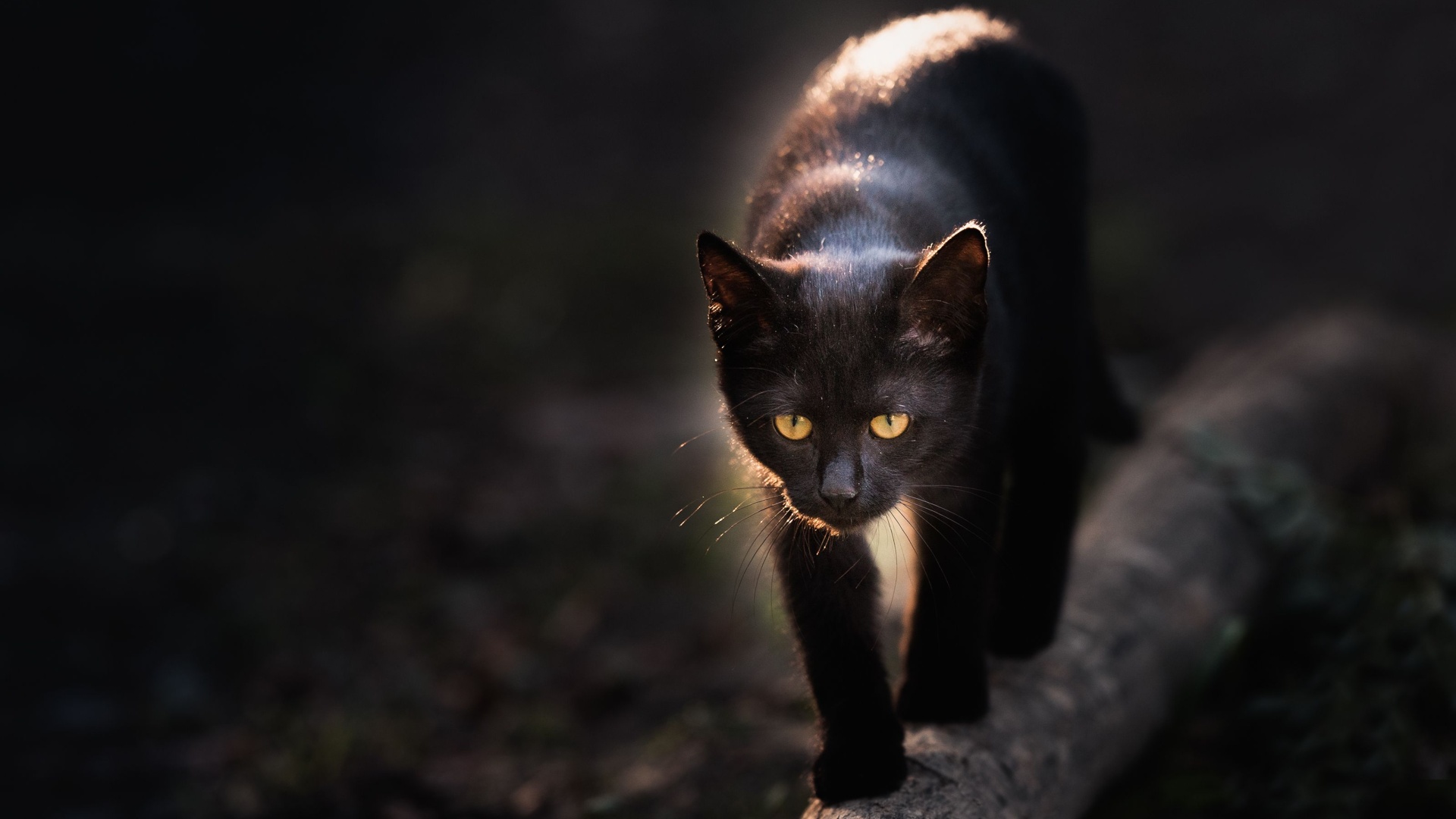Cats have long been surrounded by myths and misconceptions, from their supposed nine lives to their mysterious behavior. While these tales may be fun or intriguing, many are far from the truth.
It’s time to set the record straight and debunk some of the most common myths about our feline friends. Let’s uncover the facts and give cats the credit they truly deserve!
1. Cats Are Completely Independent
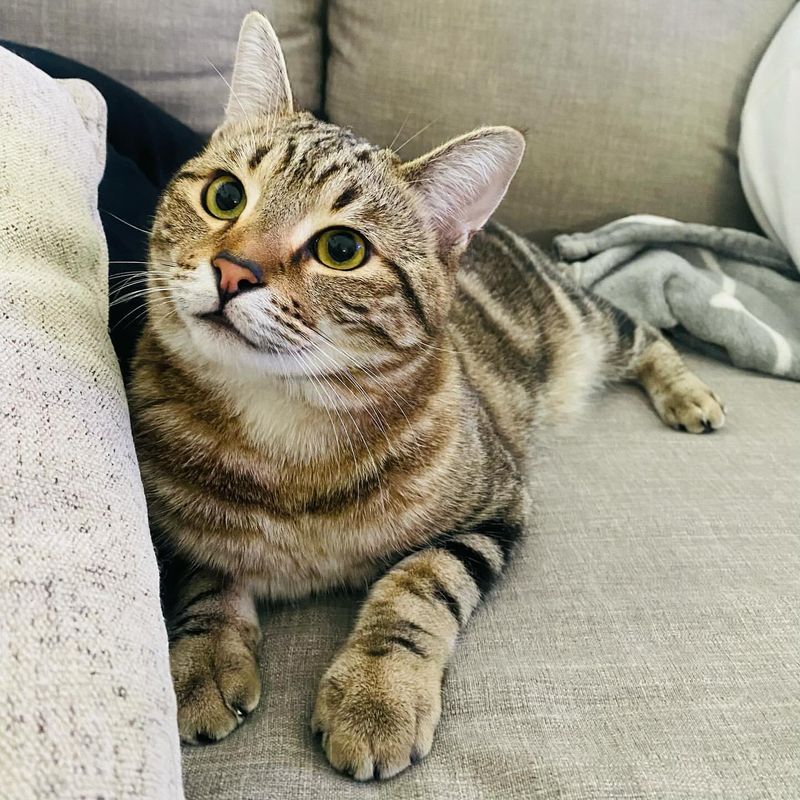
Many believe that cats are entirely independent creatures. While cats do enjoy moments of solitude, they also crave companionship. Cats form strong bonds with their human caretakers and can become lonely if left alone for extended periods.
Unlike the stereotype, cats appreciate attention and affection, often following their owners around the house. Cats engage in social behaviors such as purring, head-butting, and sitting on laps to show their affection. Understanding a cat’s need for both independence and companionship helps in fostering a happy feline-human relationship.
Despite their reputation for aloofness, cats benefit from mental stimulation and playtime with their human friends. Providing interactive toys and dedicating regular time for play can fulfill a cat’s need for social interaction while respecting their independent nature.
Recognizing the balance between independence and companionship is key to understanding and caring for cats effectively.
2. Cats Always Land On Their Feet
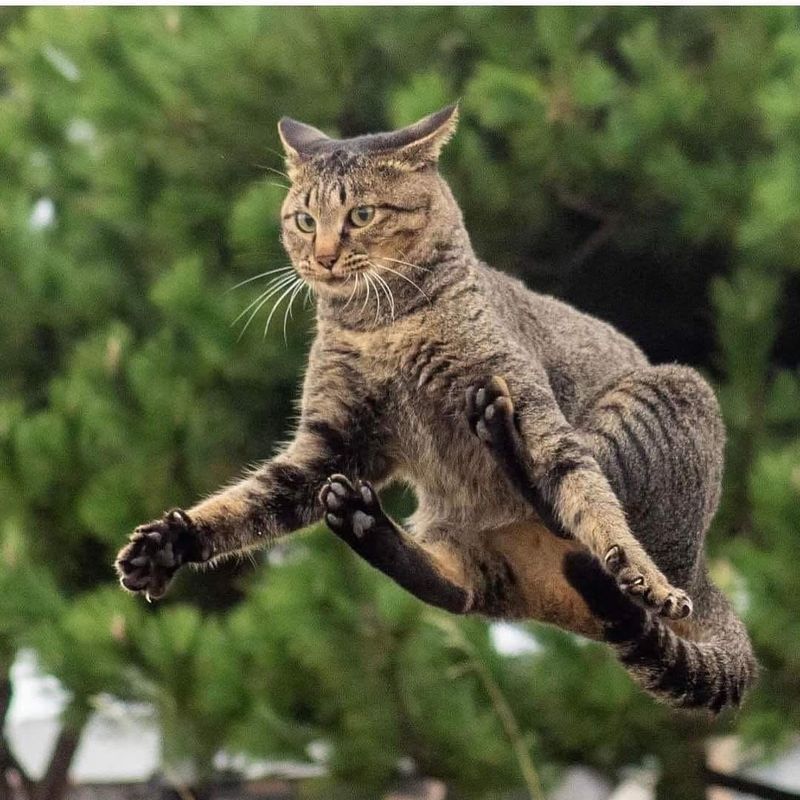
The saying that cats always land on their feet is a widespread myth. While cats have a remarkable ability to twist their bodies in mid-air to land on their feet, this isn’t foolproof. Known as the righting reflex, this capability allows many cats to survive falls from significant heights.
However, this doesn’t mean they’re immune to injury. The height of the fall and the surface they land on play crucial roles in determining the outcome. Lower heights can be more dangerous as cats may not have enough time to adjust their positions. It’s a misconception to assume cats won’t get injured because of this reflex.
Cat owners should safeguard windows and balconies to prevent accidental falls, ensuring their feline friends stay safe. Understanding the limits of a cat’s abilities is essential for their protection and well-being.
3. Cats Are Nocturnal
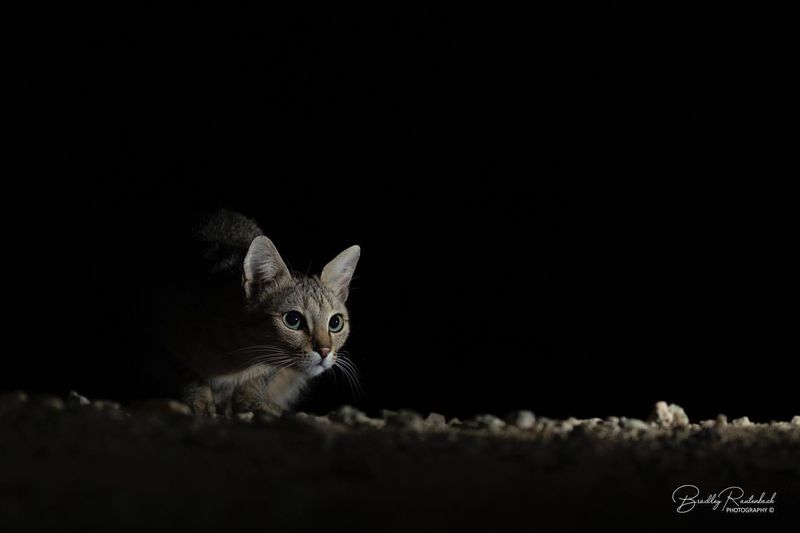
Many people think cats are nocturnal, but in reality, they are crepuscular. This means they are most active during the twilight hours of dawn and dusk. This behavior is rooted in their hunting instincts, as these times are optimal for catching prey in the wild.
Cats may seem more active at night because their humans are asleep, leading to the misconception of nocturnality. However, cats also adjust their routines to match those of their human companions, often sleeping through the night when their owners do.
Understanding that cats are crepuscular can help pet owners adjust their schedules for play and feeding times, promoting a harmonious household. Providing engaging activities during these peak hours can satisfy a cat’s natural instincts, preventing boredom and promoting a healthy lifestyle.
4. Cats Hate Water
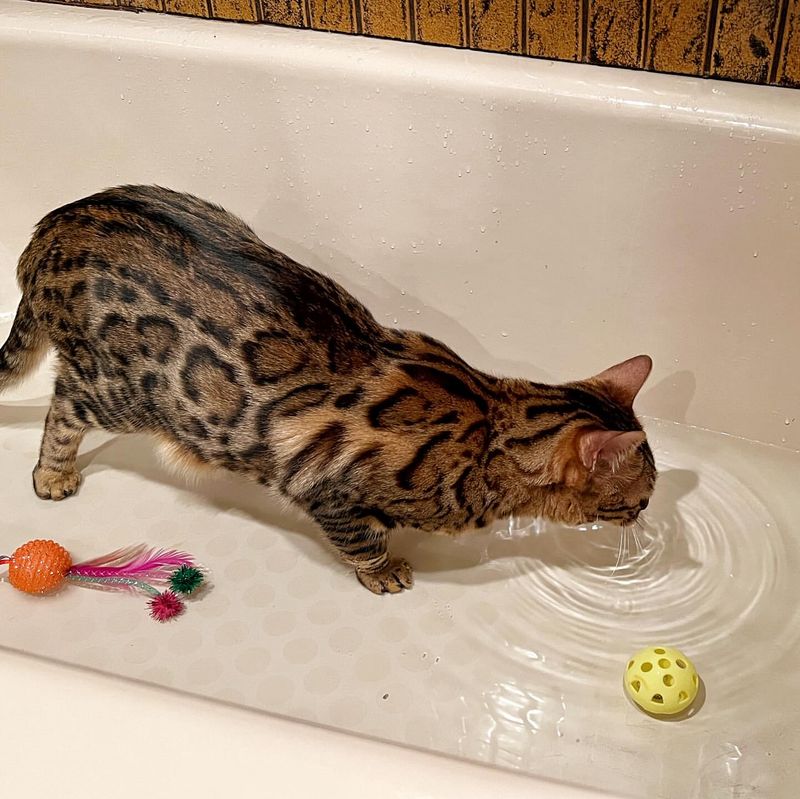
It’s a common belief that all cats despise water, but this isn’t entirely true. While many domestic cats might shy away from water, this aversion isn’t universal. Some cats enjoy playing with water or even joining their owners in the shower.
Breeds like the Turkish Van are known for their affinity to water. Cats’ reactions to water can depend on their early experiences and individual personalities. Introducing water play in a positive and controlled manner can help cats become more comfortable around it. Understanding a cat’s specific preferences and gently acclimating them to water can foster positive experiences.
This myth underscores the importance of recognizing and respecting the unique traits and behaviors of individual cats.
5. Cats Cannot Be Trained
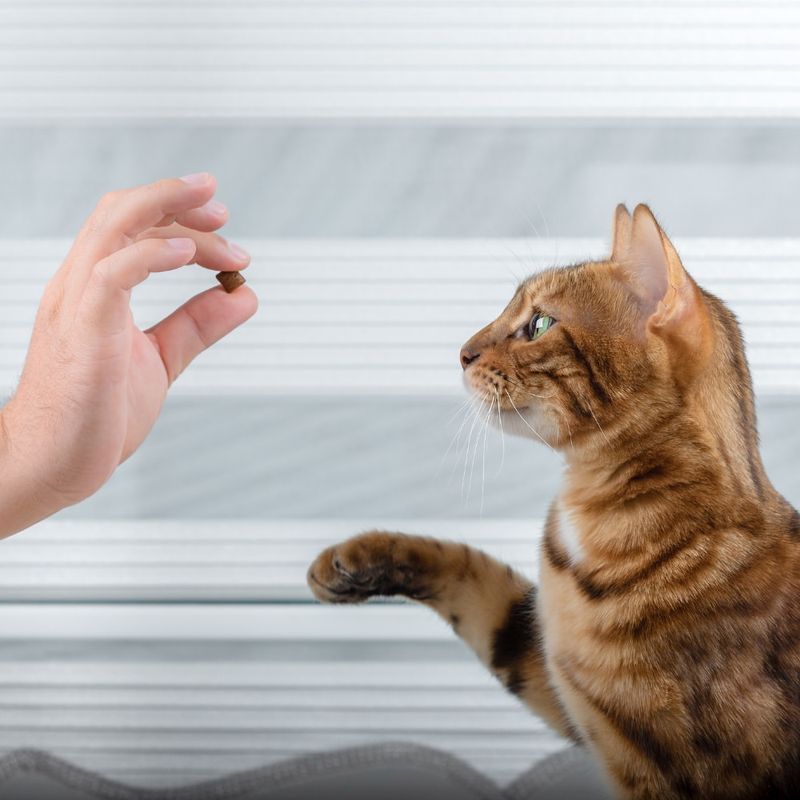
The myth that cats cannot be trained, unlike dogs, is a misconception. Cats are intelligent and can learn various commands and tricks with the right approach. Training cats requires patience and positive reinforcement techniques, such as treats or praise.
Cats can learn behaviors like using a scratching post instead of furniture, coming when called, or even performing tricks like sitting or high-fiving. The key is understanding what motivates each individual cat, as their interests can vary significantly.
Training sessions should be short and engaging, respecting the cat’s attention span. By debunking this myth, cat owners can build stronger bonds with their pets and enhance their cats’ quality of life.
6. Black Cats Are Bad Luck
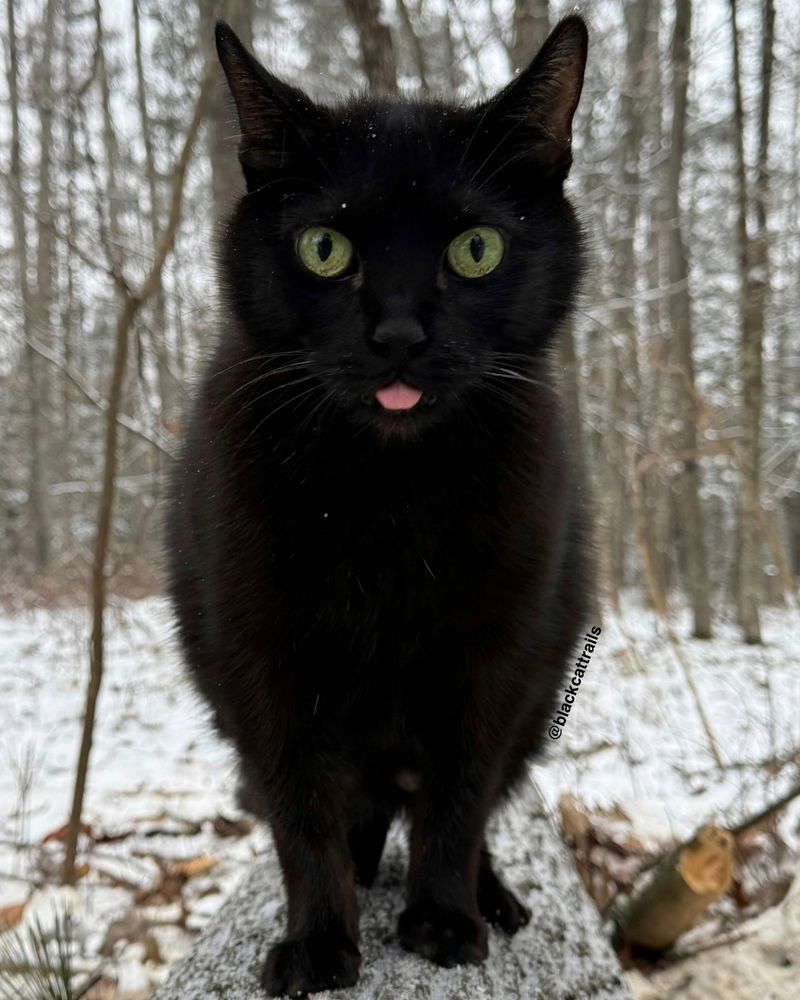
The superstition that black cats bring bad luck is one of the most enduring myths. This belief dates back to medieval times when black cats were associated with witches and dark magic. In reality, black cats are just as charming and loving as cats of any other color.
Cultural perceptions of black cats vary across different societies. In some cultures, they are considered symbols of good luck and prosperity. It’s essential to recognize that a cat’s color has no bearing on its personality or fortune.
Promoting the adoption of black cats and dispelling these superstitions can help combat the stigma surrounding them. Embracing all cats, regardless of color, leads to a more inclusive and understanding society.
7. Cats Are Low-Maintenance Pets
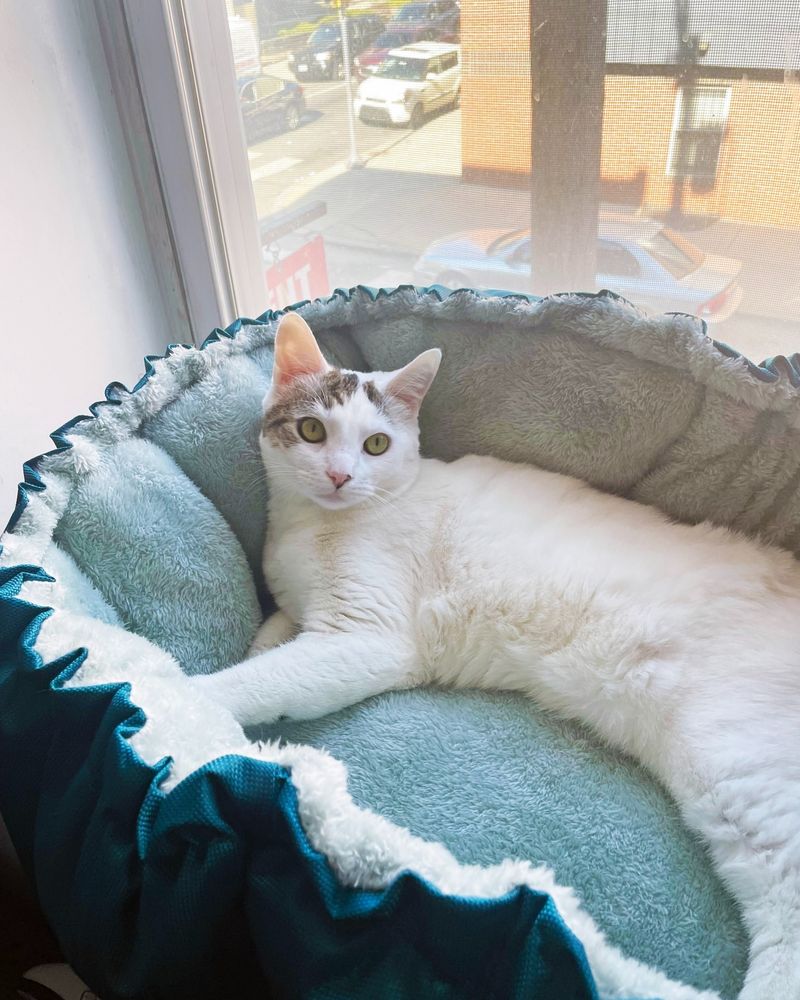
The perception that cats are low-maintenance pets is misleading. While cats may not require daily walks like dogs, they still need regular care and attention. Cats require feeding, grooming, playtime, and veterinary check-ups to stay healthy and happy. Ignoring these needs can lead to behavioral issues and health problems.
Cats thrive in environments that provide enrichment and companionship. Regular play sessions help with physical fitness and mental stimulation, while grooming maintains their coat’s health. Understanding the commitment required for cat care ensures owners can meet their pet’s needs effectively.
Recognizing that cats are not as low-maintenance as often believed can lead to better care practices and happier pets.
8. Cats Are Aloof And Unaffectionate
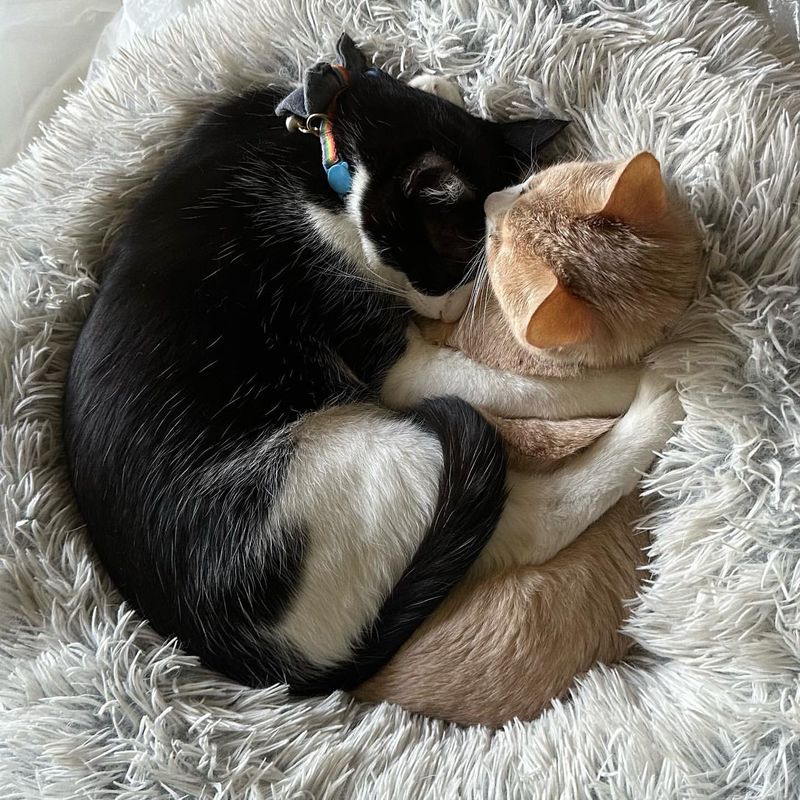
A common stereotype is that cats are aloof and unaffectionate. However, cats express affection in various ways that may differ from dogs. They might demonstrate love through head bumps, purring, or sitting on their owner’s lap.
Cats form strong bonds with their human companions, often seeking out their presence and comfort. Each cat has its unique way of showing affection, and understanding these signals is crucial for a harmonious relationship. Acknowledging a cat’s affectionate nature allows owners to appreciate their pet’s individuality and build a deeper connection.
Embracing a cat’s unique ways of expressing love can enrich the human-feline bond.
9. All Cats Hate Dogs
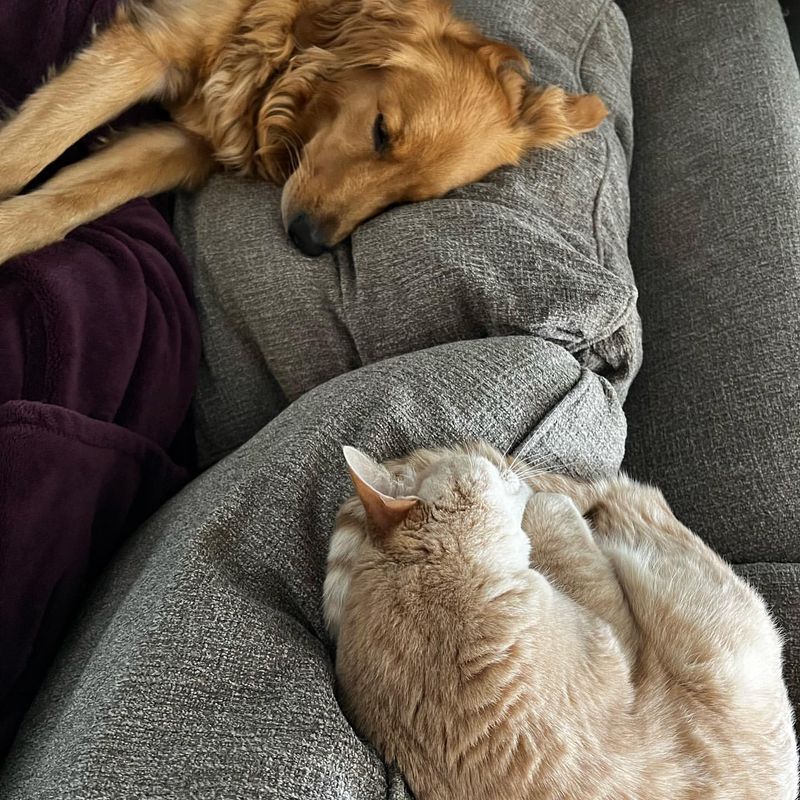
The belief that all cats hate dogs is a generalized myth. While some cats may be wary of dogs, many cats and dogs coexist harmoniously in the same household. The key to a successful relationship between cats and dogs is proper introduction and understanding their individual temperaments.
Cats and dogs can become friends through gradual introductions and positive associations. Observing their interactions and providing spaces for both pets to retreat can prevent conflicts. Promoting interspecies harmony requires patience and attentiveness from pet owners.
Recognizing that cats and dogs can live together peacefully challenges this myth and encourages inclusive pet-keeping practices.
10. Cats Only Purr When Happy
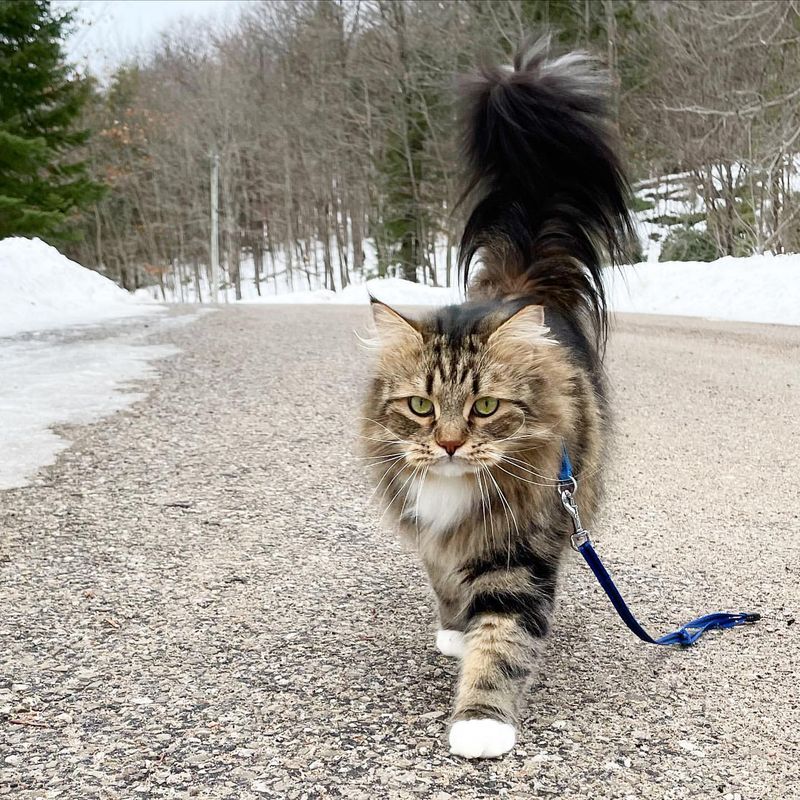
The sound of a cat purring is commonly associated with contentment, but this isn’t the only reason cats purr. Cats purr when they are happy, but also when they are frightened, in pain, or even to comfort themselves in stressful situations.
Purring is a complex vocalization that can indicate various emotional states. Observing the context in which a cat purrs can provide insights into their feelings and well-being. It’s a form of communication that requires careful interpretation.
Understanding the multifaceted nature of purring allows cat owners to respond appropriately to their pet’s needs.
11. Cats Are Clean Enough Without Baths
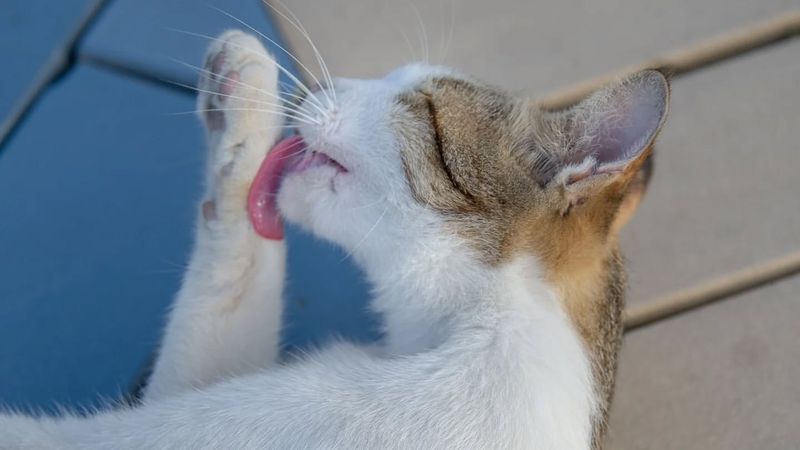
Cats are known for their self-grooming abilities, leading to the belief that they don’t need baths. While most cats maintain cleanliness independently, there are situations where a bath may be necessary. Cats might require baths if they get into something sticky, smelly, or harmful.
Some cats have medical conditions that benefit from regular bathing, such as skin allergies or infections. It’s crucial for cat owners to understand when and how to bathe their pets safely. Bathing should be approached with care, using appropriate cat shampoo and ensuring a stress-free experience.
Recognizing the exceptions to the self-cleaning myth supports better hygiene practices when needed.
12. Cats Can See In Complete Darkness
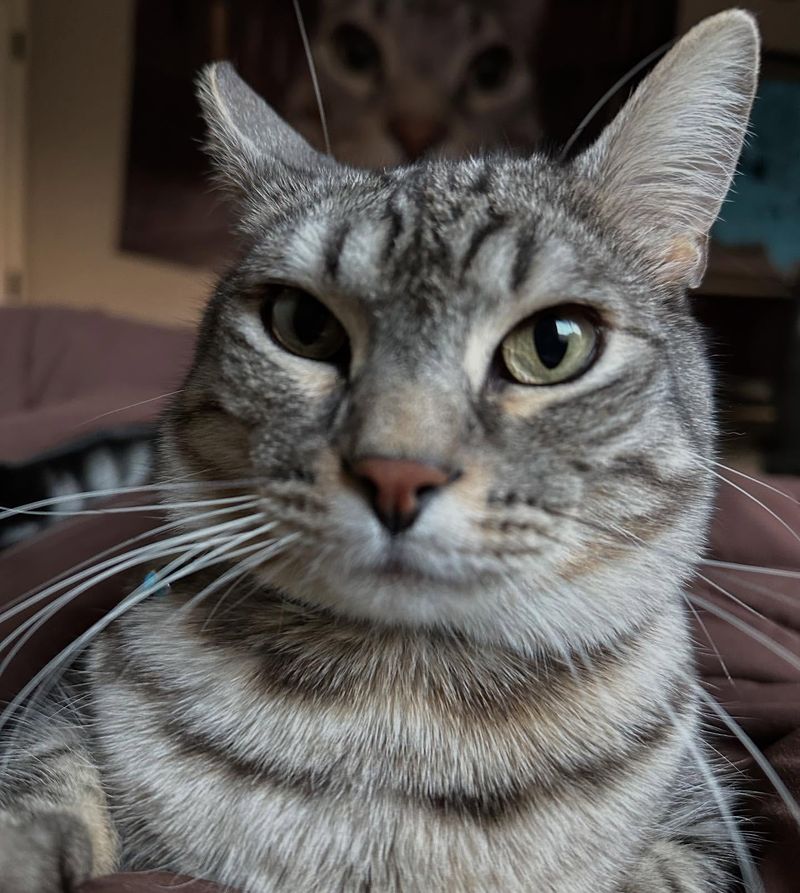
The myth that they can see in complete darkness is inaccurate. Cats’ eyes are adapted to see well in low light, but they still require some light to see. Their large pupils and reflective layer behind the retina enhance vision in dim conditions. This adaptation is beneficial for hunting during dawn and dusk but doesn’t equate to perfect vision in total darkness.
Providing some light at night can help cats navigate their surroundings more comfortably. Understanding the limits of cats’ night vision helps in creating environments that support their natural behaviors.
Dispelling this myth aids in realistic expectations of feline sensory capabilities.
13. Cats Destroy Furniture Out Of Spite
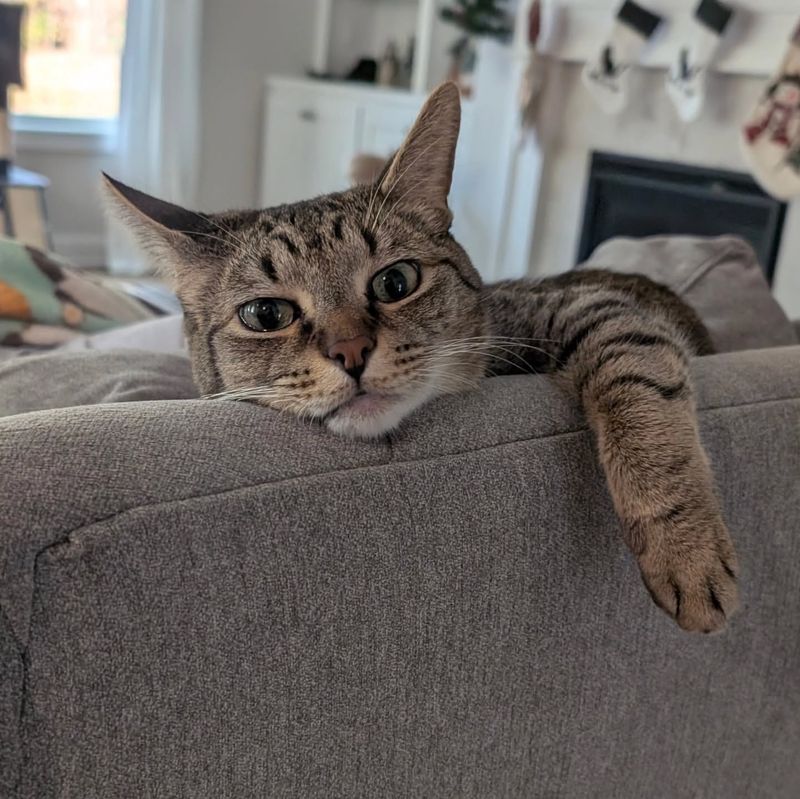
The belief that cats destroy furniture out of spite is a misunderstanding of their natural behavior. Scratching is an instinctive activity that helps cats mark territory, stretch, and maintain their claws. It’s not driven by malice or revenge.
Providing appropriate outlets for scratching, such as scratching posts, can redirect this behavior away from furniture. Using deterrents and positive reinforcement encourages cats to use designated scratching areas. Cats can also get bored, but there are many ways to keep them entertained, like offering toys, engaging in interactive play, or providing puzzle feeders and climbing structures.
Recognizing scratching as a natural and necessary behavior helps owners address it constructively. Dispelling the myth of spiteful scratching leads to more effective and compassionate management strategies.
14. Cats Don’t Need Socialization
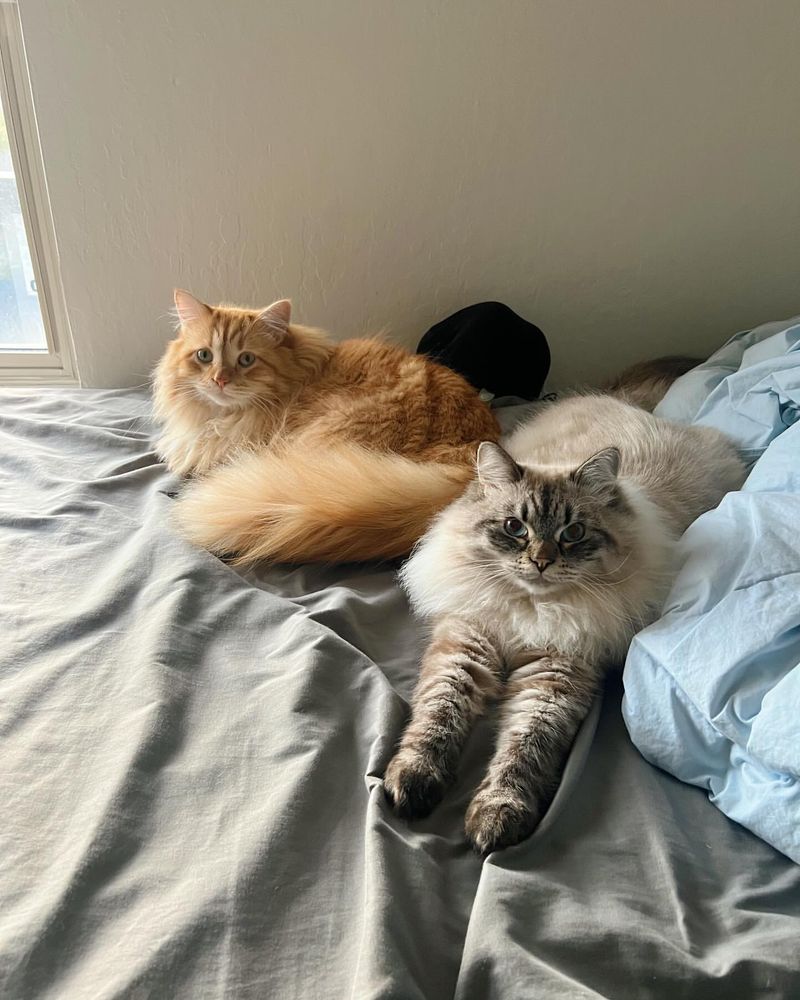
The myth that cats don’t need socialization is rooted in their independent reputation. However, like any animal, cats benefit from socialization, especially during their early development stages. Proper socialization helps cats become well-adjusted and confident in various environments and situations.
Exposing kittens to different people, pets, and experiences helps them develop into friendly and adaptable adults. Socialization reduces anxiety and stress, leading to more harmonious interactions within the household.
Addressing the need for socialization in cats challenges this myth and enhances their overall quality of life. It encourages positive relationships and better behavior, fostering a healthy feline-human bond.
15. Cats Don’t Need To Exercise
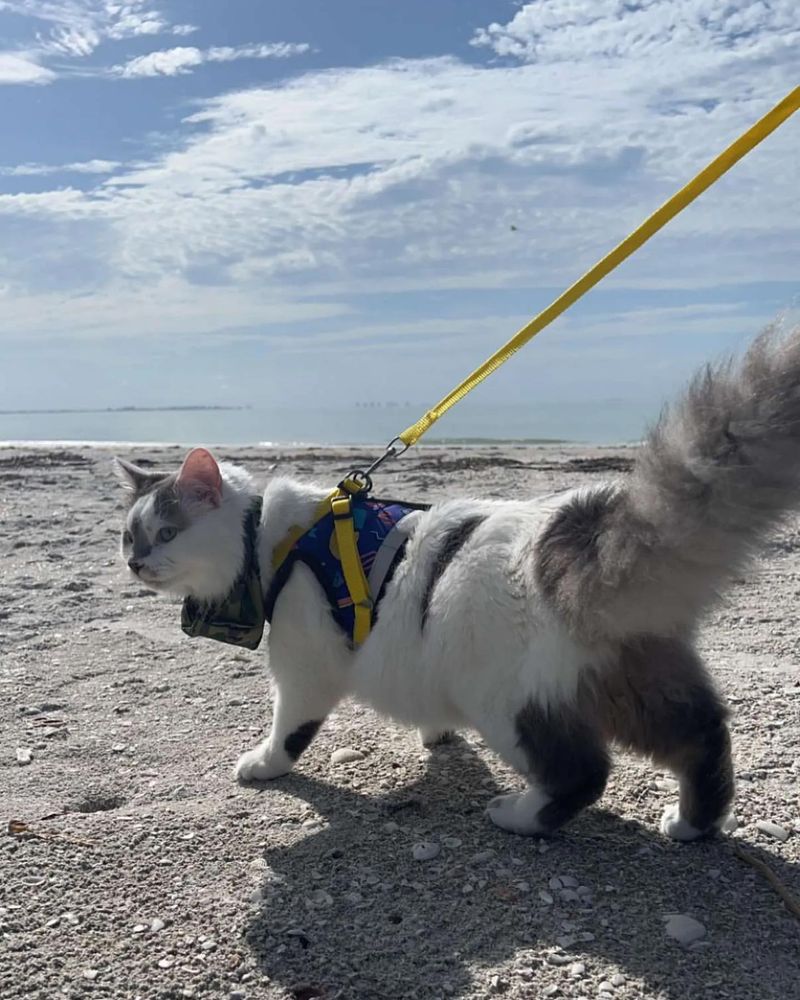
The misconception that cats don’t need exercise can lead to obesity and health issues. Regular physical activity is crucial for maintaining a cat’s physical and mental well-being.
Exercise helps prevent obesity, supports muscle tone, and provides mental stimulation. Interactive play sessions, climbing structures, and toys encourage physical activity. Cats have natural hunting instincts that can be satisfied through play, promoting a healthy lifestyle.
Encouraging active play improves a cat’s quality of life and strengthens the human-animal bond.
16. Cats Can Drink Milk
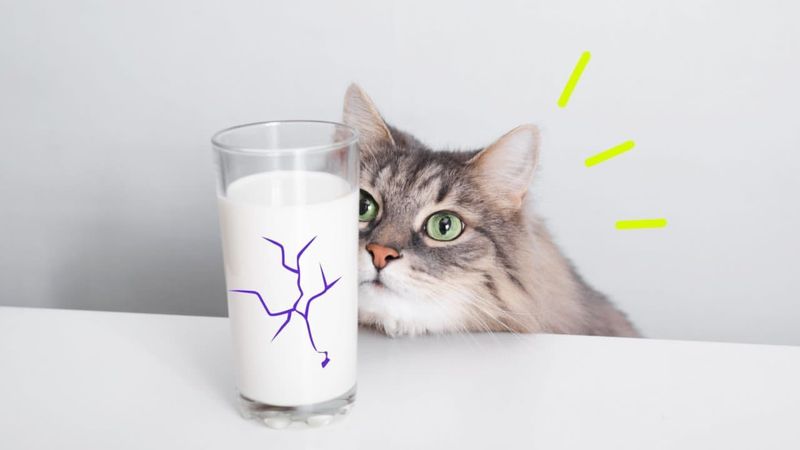
The image of a cat drinking milk is a classic one, but the truth is, many cats are lactose intolerant. Feeding milk to cats can lead to digestive issues like diarrhea and upset stomachs. While kittens can digest their mother’s milk, most cats lose this ability as they mature.
Special lactose-free milk for cats is available, but it’s essential to provide balanced nutrition instead of relying on milk. Understanding dietary needs helps cat owners make informed choices about their pets’ nutrition.
Dispelling the milk myth promotes healthier feeding practices and prevents gastrointestinal discomfort.
17. Cats Are Not Loyal
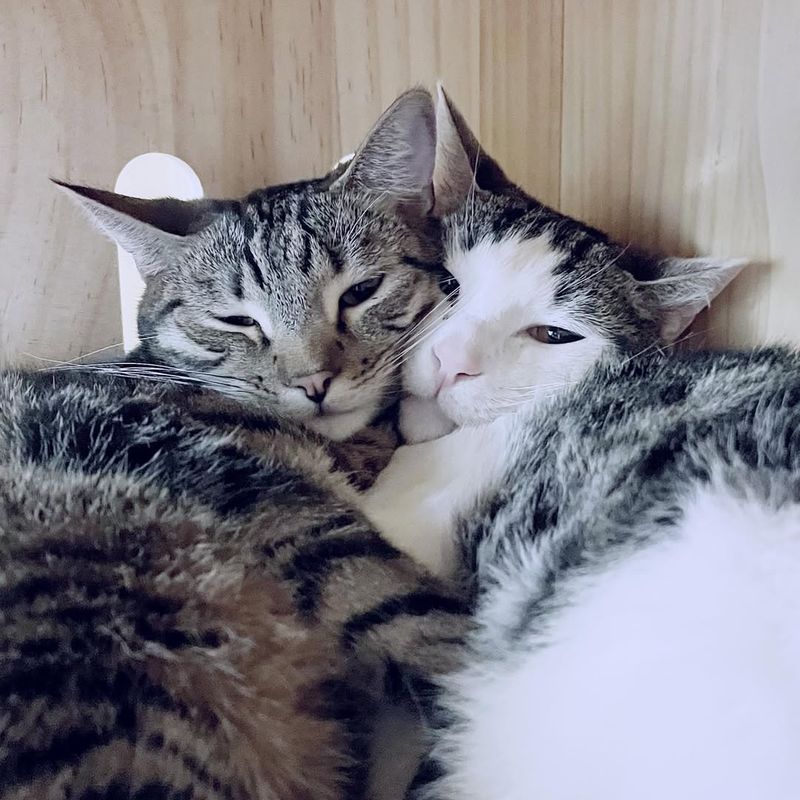
The idea that cats are not loyal pets is a misconception. Cats show loyalty and attachment to their human companions in subtle ways. They may follow their owners from room to room, seek comfort in their presence, and exhibit affection through purring and head-butting.
Cats bond deeply with their families, often forming lifelong attachments. Their loyalty is expressed differently from dogs but is equally meaningful and heartfelt. Recognizing the signs of feline loyalty strengthens the bond between cats and their owners.
Dispelling this myth fosters appreciation for the unique ways cats express their devotion and companionship.

